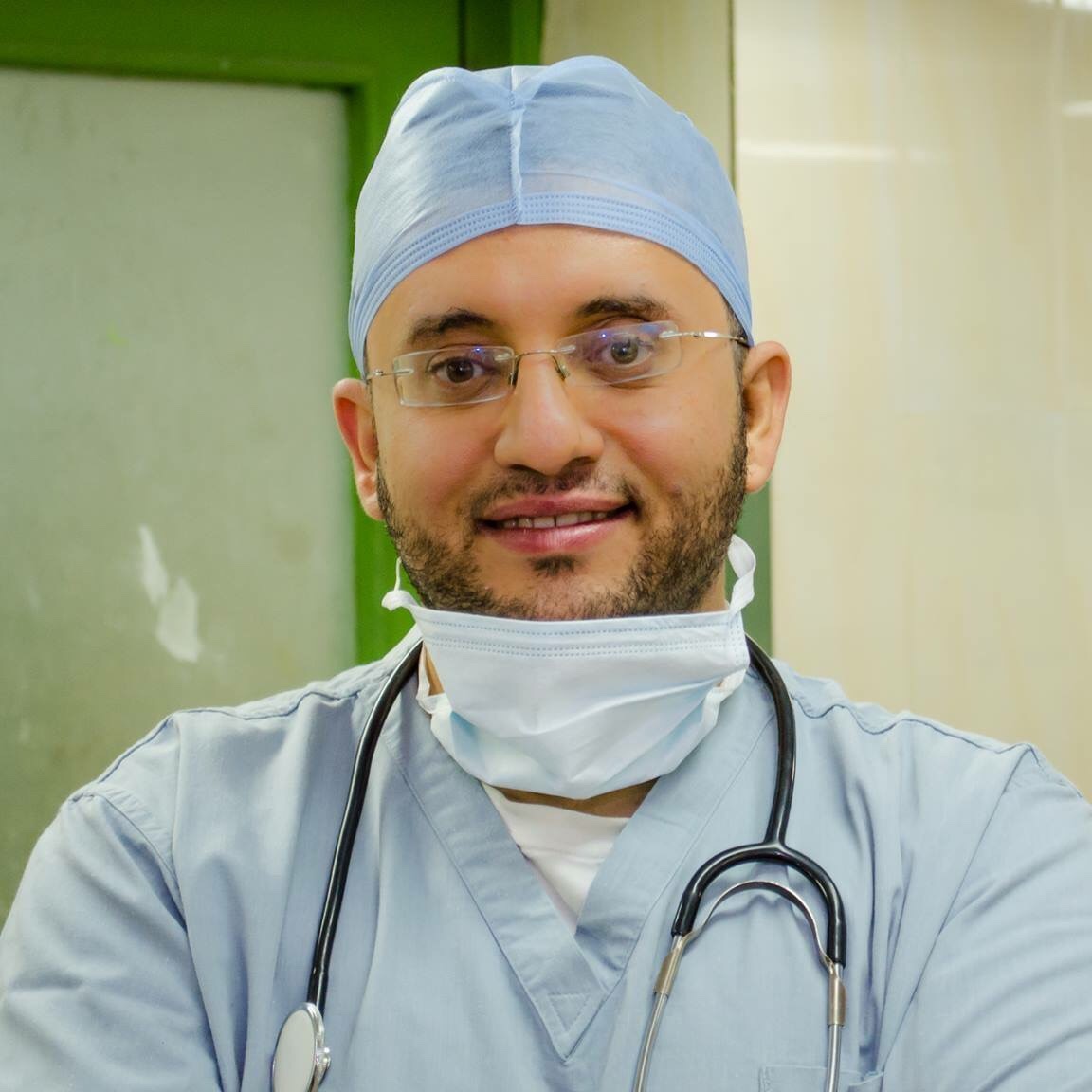Cervical disc herniation (disc bulging/ruptured disc) is a common disorder of the spine that can lead to neck and/or arm pain. The herniated disc or displaced disc can compress a nerve exiting the spine (branch of the spinal cord), the spinal cord itself or both.
When disc herniation leads to compression of only an exiting nerve, this condition is referred to as radiculopathy. When disc herniation leads to compression of the spinal cord, this compression may lead to a group of symptoms referred to as myelopathy. Sometimes both the exiting nerves and spinal cord are affected, leading to a condition referred to as myeloradiculopathy.
In most cases, the symptoms associated with cervical disc herniations can be treated nonoperatively. However, disc herniations that lead to loss or altered function, such as weakness or loss of sensation, may require surgical intervention. In these cases, our surgeons routinely perform simple and complex procedures on the cervical spine, including
- Foraminotomy
- Discectomy
- Laminectomy
- Fusion
- Artificial disc replacement
- Anterior cervical discectomy and fusion (ACDF)
- Anterior cervical arthroplasty (artificial cervical disc)
- Cervical disc replacement
The specific treatments offered vary based on each patient’s anatomy, symptoms and medical history. In cases for which surgery is not indicated, our surgeons work closely with physiatrists, occupational/physical therapists and pain specialists to help treat pain and related symptoms.

